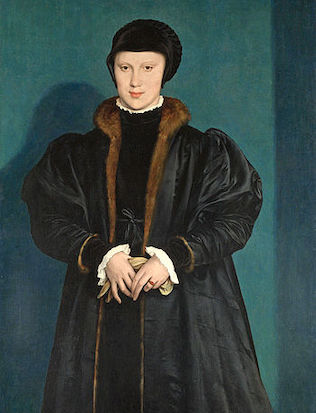Every good story needs its subplots – think of Shakespeare, think of the Bible, think of Homer’s Odyssey, which is arguably more subplot than plot – and the story of art is no exception. I was reminded of this by a compelling exhibition staged earlier this year at the Rijksmuseum in Amsterdam. Entitled “High Society”, its subject was the full-length portrait in Western painting, from Lucas Cranach, whose paired portraits of Henry the Pious, Duke of Saxony and his bride, Catherine of Mecklenburg, of 1514, are arguably the first examples of the genre; to Kees van Dongen, whose depiction of Anna, Comtesse Mathieu de Noailles, as a pearl-wreathed wraith standing tall in a darkened room, was created more than four centuries later in 1931. The show was small but perfectly formed, consisting of some 40 seriously excellent pictures, including masterpieces by Velazquez, Veronese, Moroni, Gainsborough, Sargent and many more; and it was billed, somewhat surprisingly, as the first ever serious museum survey of its subject.
In a way it was, and in a way it wasn’t. Some years ago, in 1992, Andrew Wilton organised a scintillating exhibition at the Tate in London entitled “The Swagger Portrait”, which consisted mostly (but not quite exclusively) of full-length portraits, including several by artists also included in this year’s Rijksmuseum show. But Wilton’s focus was purely on British art, whereas “High Society” cast its net much wider, from Cinquecento Italy to Baroque Spain and beyond. So while it wasn’t the first ever exhibition devoted to the glories of the full-length portrait, it was the broadest in scope.
I nitpick and I digress, although I suppose digression is allowable given that my theme here is a subplot; and what a fascinating subplot it is, full of twists and turns, amounting to a devious...


